1.1 Ānāpāna Pabbaṁ: Section on Breathing
Kathañca bhikkhave bhikkhu kāye kāyānupassī viharati?/
“How, monks, does a monk dwell contemplating the body in body?
Idha bhikkhave bhikkhu/ araññagato vā rukkhamūlagato vā suññāgāragato vā/ nisīdati pallaṅkaṁ ābhujitvā,/ ujuṁ kāyaṁ paṇidhāya/ parimukhaṁ satiṁ upaṭṭhapetvā./ So sato’va assasati,/ sato’va passasati./ Dīghaṁ vā assasanto, dighaṁ assasāmīti pajānāti./ Dīghaṁ vā passasanto, dīghaṁ passasāmīti pajānāti./ Rassaṁ vā assasanto, rassaṁ assasāmīti pajānāti./ Rassaṁ vā passasanto, rassaṁ passasāmīti pajānāti./
Here monks, a monk, gone to the forest or to the foot of a tree • or to a secluded place, • sits down folding his legs crosswise, • holding his body straight, • and setting mindfulness on the meditation object. “Mindful he breathes in, mindful he breathes out.“When breathing in a long breath, he knows, • ‘I am breathing in a long breath.’ When breathing out a long breath, he knows, • ‘I am breathing out a long breath.’“When breathing in a short breath, he knows: • ‘I am breathing in a short breath.’ When breathing out a short breath, he knows: • ‘I am breathing out a short breath.’
Sabbakāya paṭisaṁvedī assasissāmīti sikkhati,/ sabbakāya paṭisaṁvedī passasissāmīti sikkhati./ Passambhayaṁ kāya saṅkhāraṁ assasissāmīti sikkhati,/ passambhayaṁ kāya saṅkhāraṁ passasissāmīti sikkhati./
“‘Conscious of the entire breathing process, I shall breathe in,’ • thus he trains himself. Conscious of the entire breathing process, I shall breathe out,’ • thus he trains himself. “‘Calming the entire breathing process, I shall breathe in,’ • thus he trains himself. ‘Calming the entire breathing process, I shall breathe out,’ • thus he trains himself.
Seyyathāpi, bhikkhave, dakkho bhamakāro vā bhamakārantevāsī vā/ dīghaṁ vā añchanto, dīghaṁ añchāmīti pajānāti./ Rassaṁ vā añchanto, rassaṁ añchāmīti pajānāti./
“Just as monks, a skilled turner or his apprentice, • when making a long turn, understands, • ‘I am making a long turn,’ • or when making a short turn understands, • ‘I am making a short turn.’
Evameva kho bhikkhave, bhikkhu/ dīghaṁ vā assasanto, dīghaṁ assasāmīti pajānāti./ Dīghaṁ vā passasanto dīghaṁ passasāmīti pajānāti./ Rassaṁ vā assasanto rassaṁ assasāmīti pajānāti./ Rassaṁ vā passasanto rassaṁ passasāmīti pajānāti./
In the same way monks, • when breathing in a long breath, the monk knows, • ‘I am breathing in a long breath.’ When breathing out a long breath, he knows, • ‘I am breathing out a long breath.’ When breathing in a short breath, he knows, • ‘I am breathing in a short breath.’ When breathing out a short breath, he knows, • ‘I am breathing out a short breath.’
Sabbakāya paṭisaṁvedī assasissāmīti sikkhati./ Sabbakāya paṭisaṁvedī passasissāmīti sikkhati./ Passambhayaṁ kāyasaṅkhāraṁ assasissāmīti sikkhati,/ passambhayaṁ kāyasaṅkhāraṁ passasissāmīti sikkhati./
‘Conscious of the entire breathing process, I shall breathe in,’ • thus he trains himself. ‘Conscious of the entire breathing process, I shall breathe out,’ • thus he trains himself. ‘Calming the entire breathing process, I shall breathe in,’ • thus he trains himself. ‘Calming the entire breathing process, I shall breathe out,’ • thus he trains himself.
Iti ajjhattaṁ vā kāye kāyānupassī viharati./ Bahiddhā vā kāye kāyānupassī viharati./ Ajjhatta bahiddhā vā kāye kāyānupassī viharati./
“In this way he dwells contemplating his own body, • he dwells contemplating others’ bodies, • and he dwells contemplating both his and others’ bodies.
Samudaya dhammānupassī vā kāyasmiṁ viharati./ Vaya dhammānupassī vā kāyasmiṁ viharati./ Samudaya vaya dhammānupassī vā kāyasmiṁ viharati./
“He dwells contemplating the arising of the body, • he dwells contemplating the passing away of the body, • and he dwells contemplating the arising and passing away of the body.
Atthi kāyo’ti vā panassa sati paccupaṭṭhitā hoti./ Yāvadeva ñāṇa mattāya, patissati mattāya,/ anissito ca viharati./ Na ca kiñci loke upādiyati./
“Mindfulness, that there is a body • is simply established in him • to the extent necessary for higher knowledge and mindfulness. He dwells independent, and not clinging to anything in the world.
Evampi kho bhikkhave bhikkhu / kāye kāyānupassī viharati./
That is how monks, a monk dwells contemplating the body in body.
- Uddeso: Introduction
- 1. Kāyānupassanā: The Observation of Body
- 1.1 Ānāpāna Pabbaṁ: Section on Breathing
- 1.2. Iriyāpatha Pabbaṁ: Section on Postures
- 1.3 Sampajañña Pabbaṁ: Section on Clear Comprehension
- 1.4 Paṭikūlamanasikāra Pabbaṁ: Section on Repulsiveness
- 1.5 Dhātumanasikāra Pabbaṁ: Reflections on the Elements
- 1.6 Navasīvathika Pabbaṁ: Nine Charnel-Ground Contemplations
- 2. Vedanānupassanā: Contemplation of Feeling
- 3. Cittānupassanā: Contemplation of Mind
- 4. Dhammānupassanā: Contemplation of Phenomena
- 4.1 Nīvaraṇa Pabbaṁ: Section on the Hindrances
- 4.2 Khandha Pabbaṁ: Section on the Aggregates
- 4.3 Āyatana Pabbaṁ: Section on the Sense Bases
- 4.4 Bojjhanga Pabbaṁ: Section on the Factors of Enlightenment
- 4.5 Sacca Pabbaṁ: Section on the Four Noble Truths
- Satipaṭṭhāna Bhāvanānisaṁso: The Results of the Establishing of Mindfulness
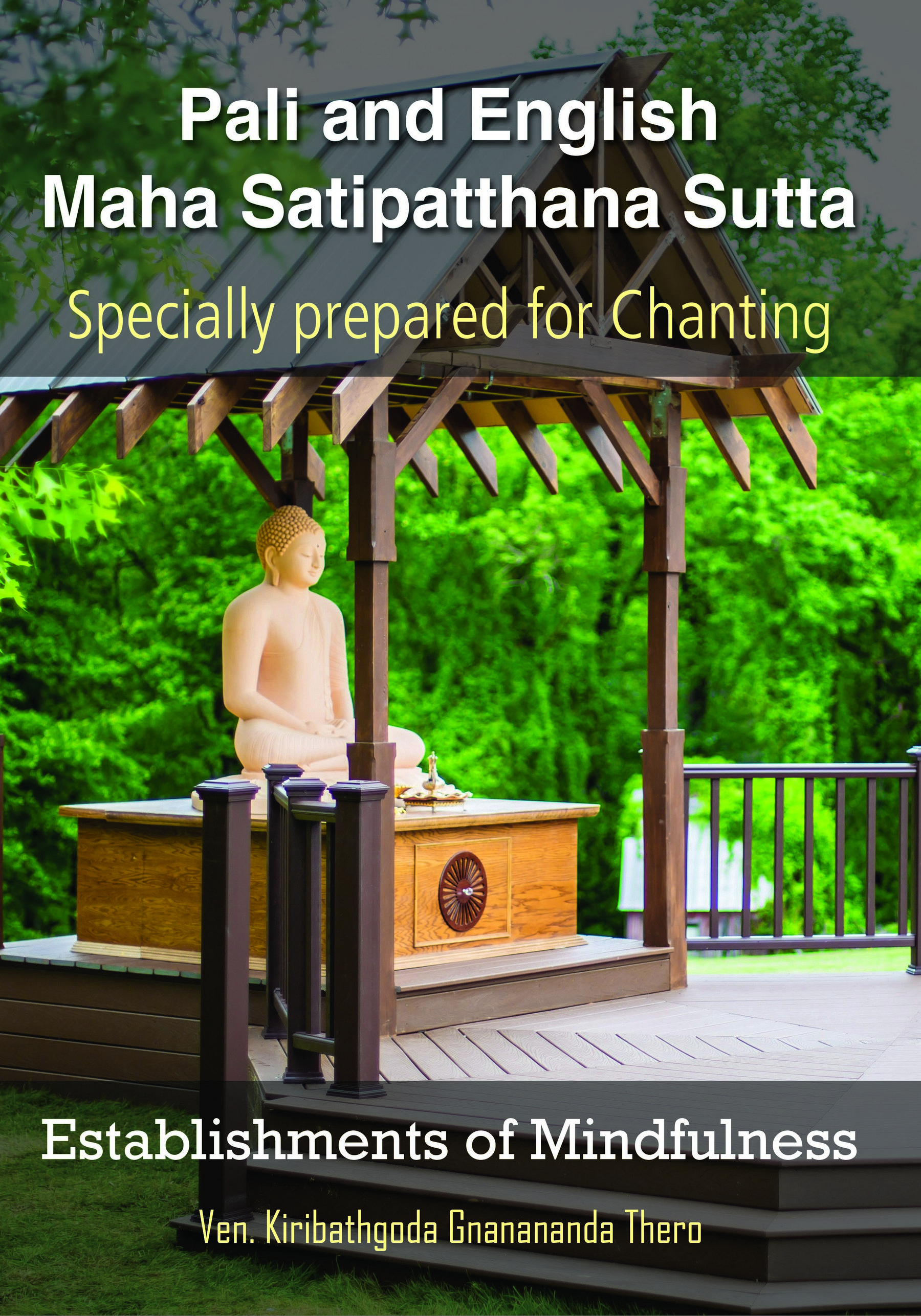
Learn how to purchase on the main book page.

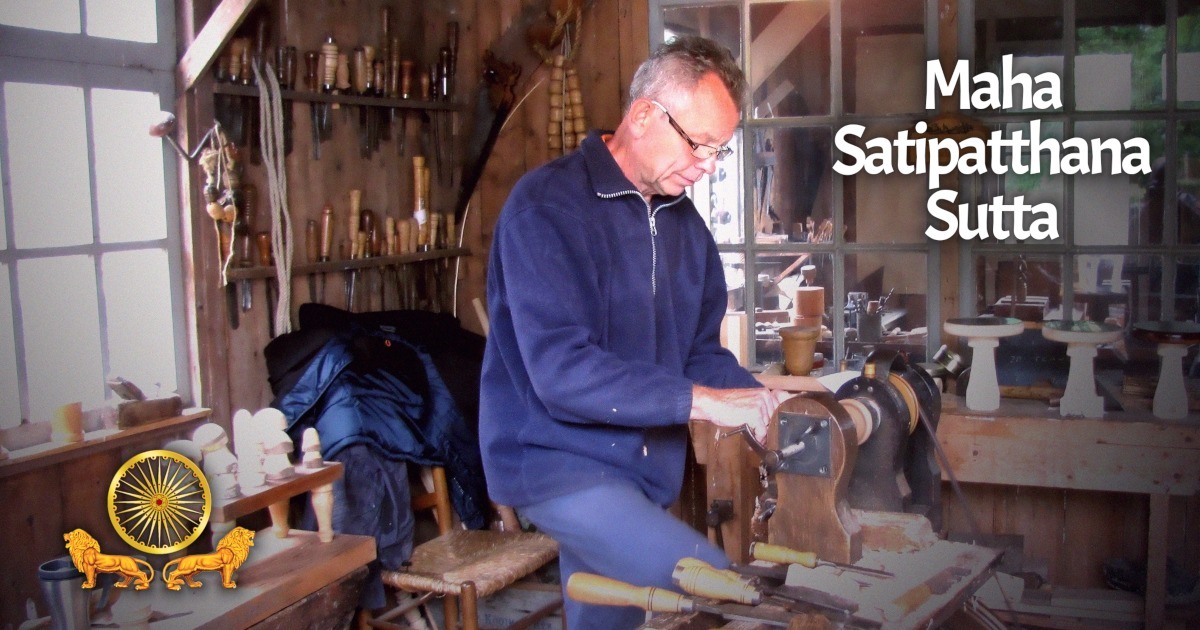
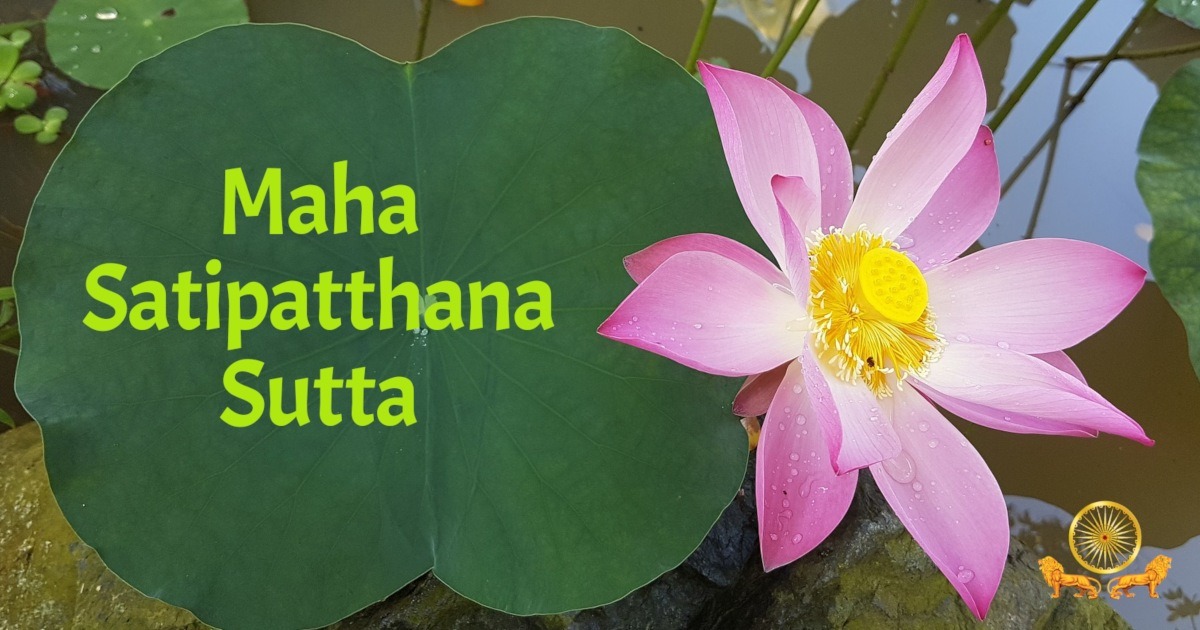
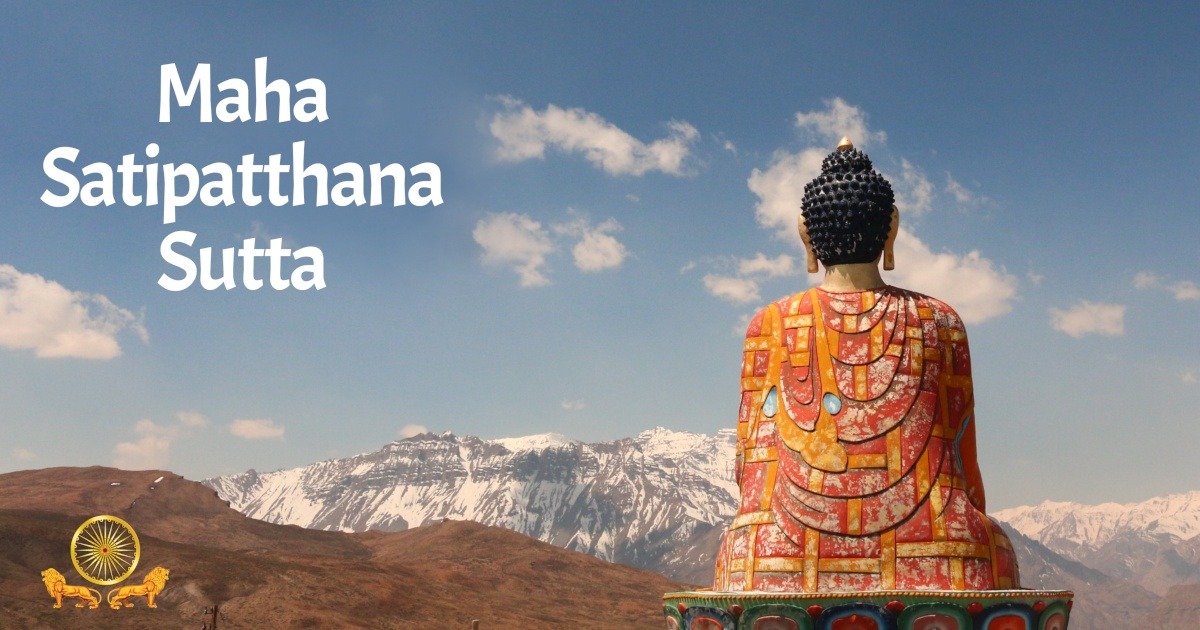
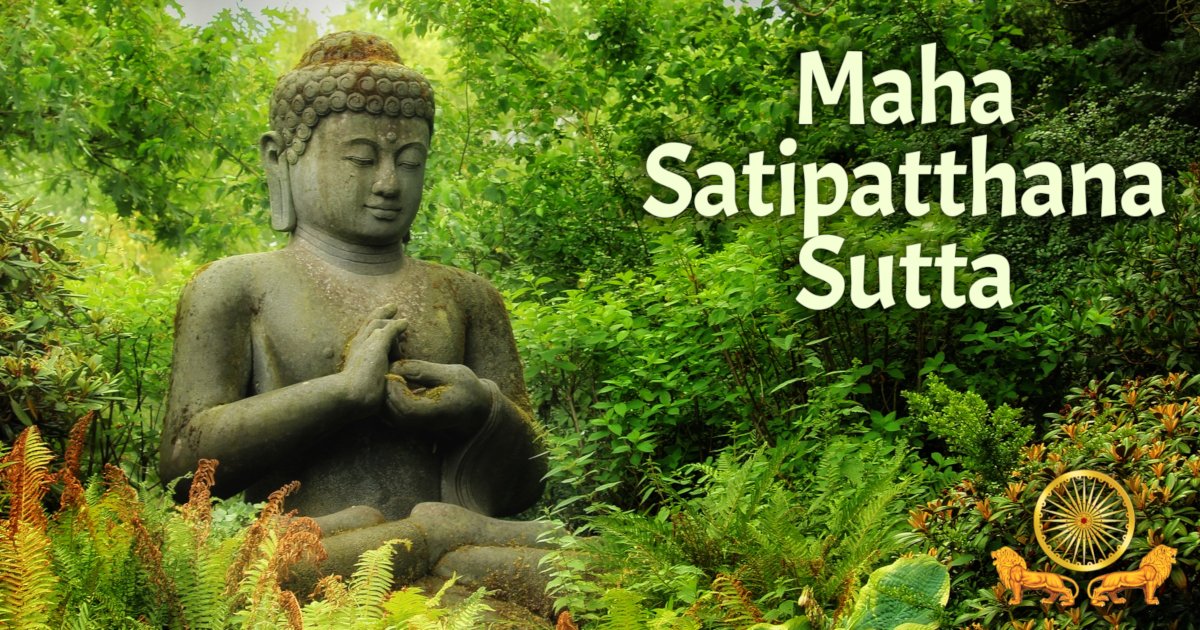
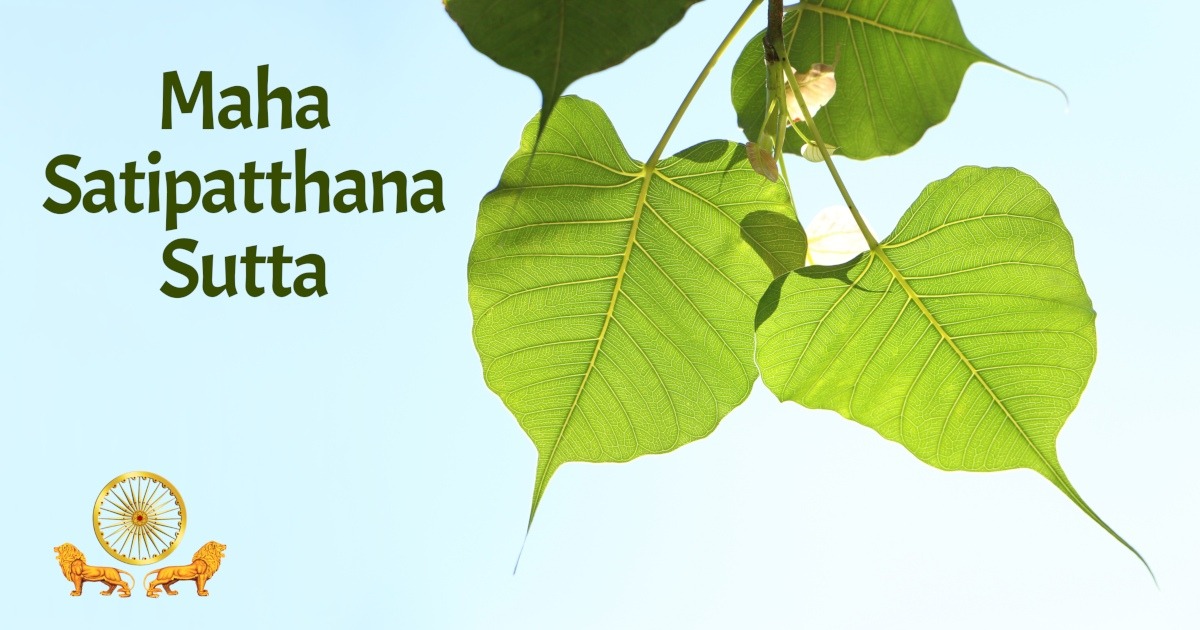
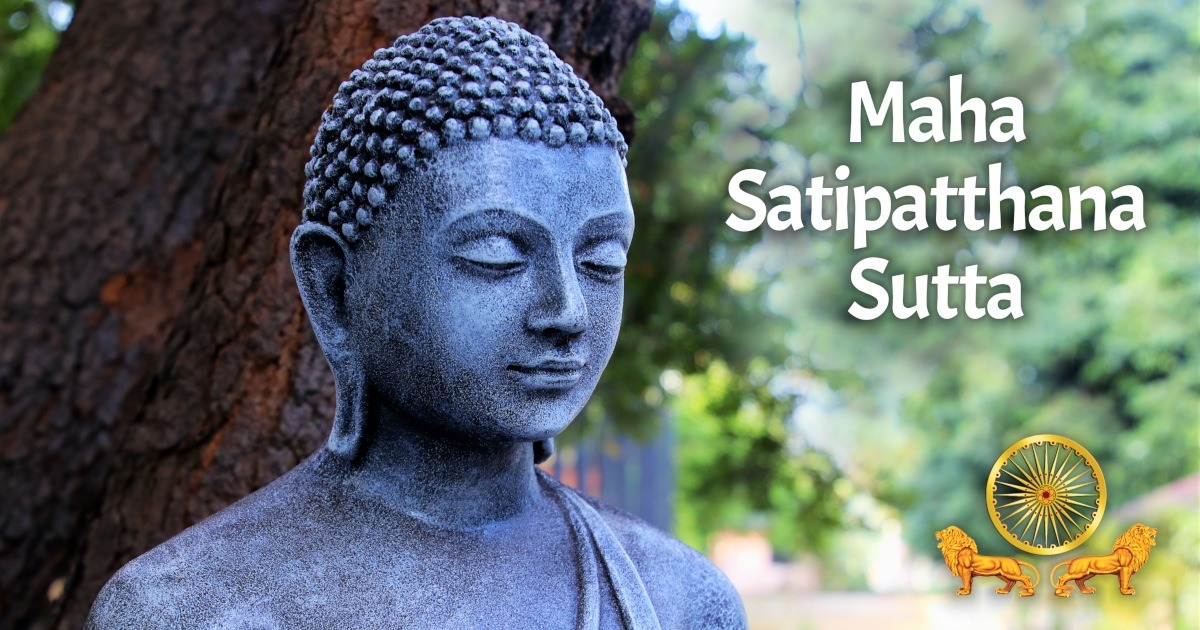
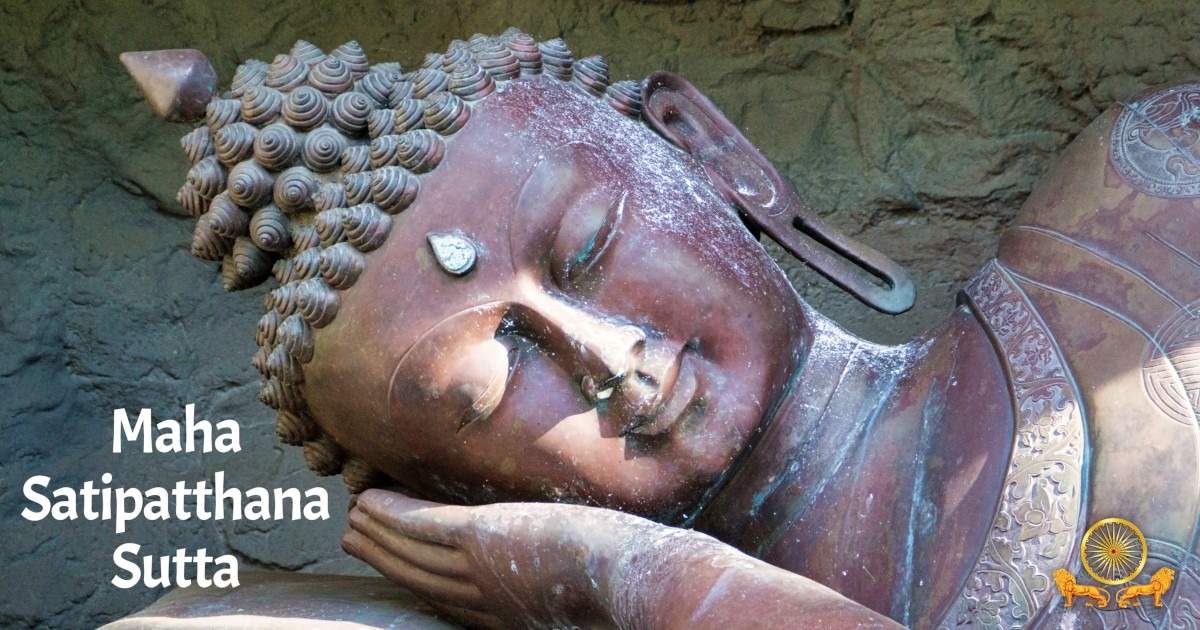
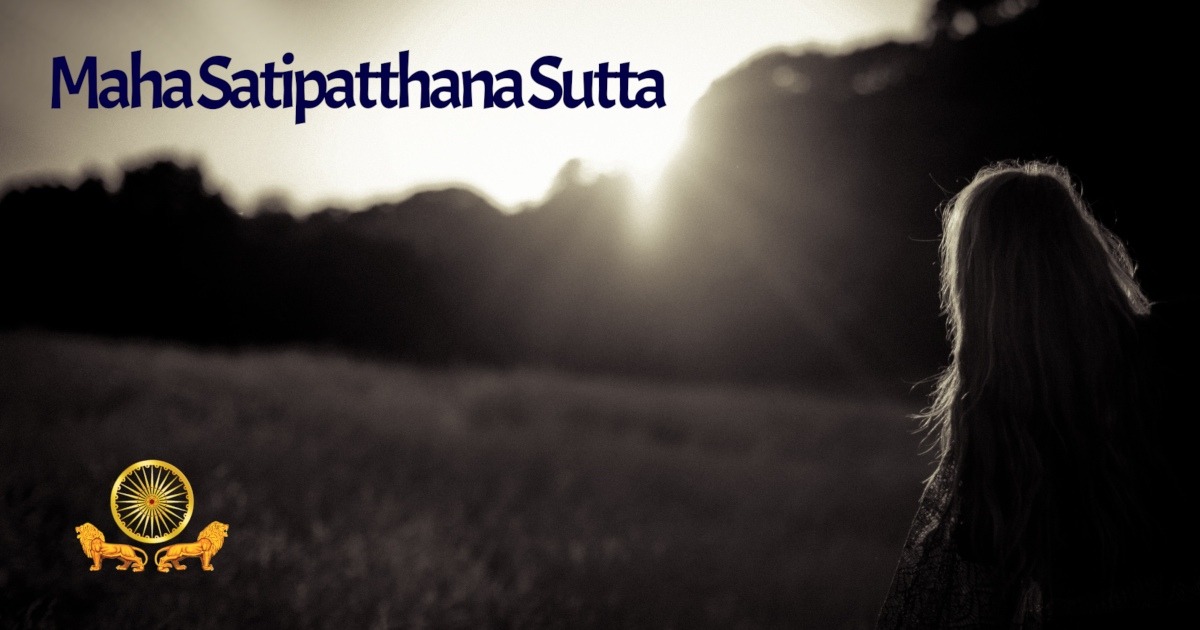
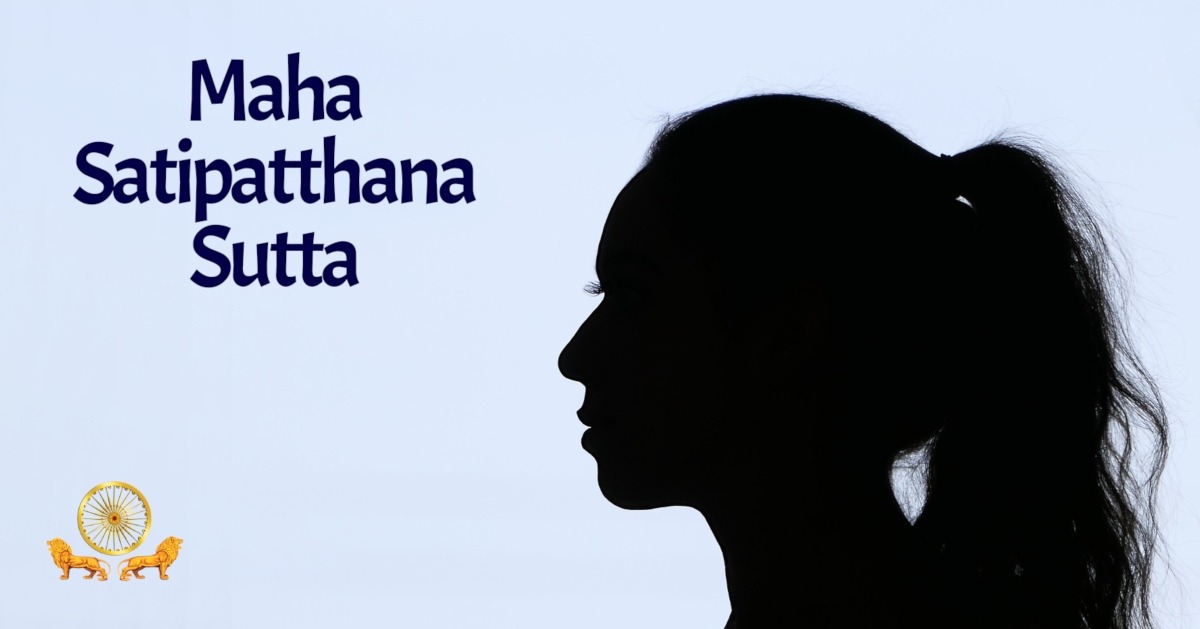
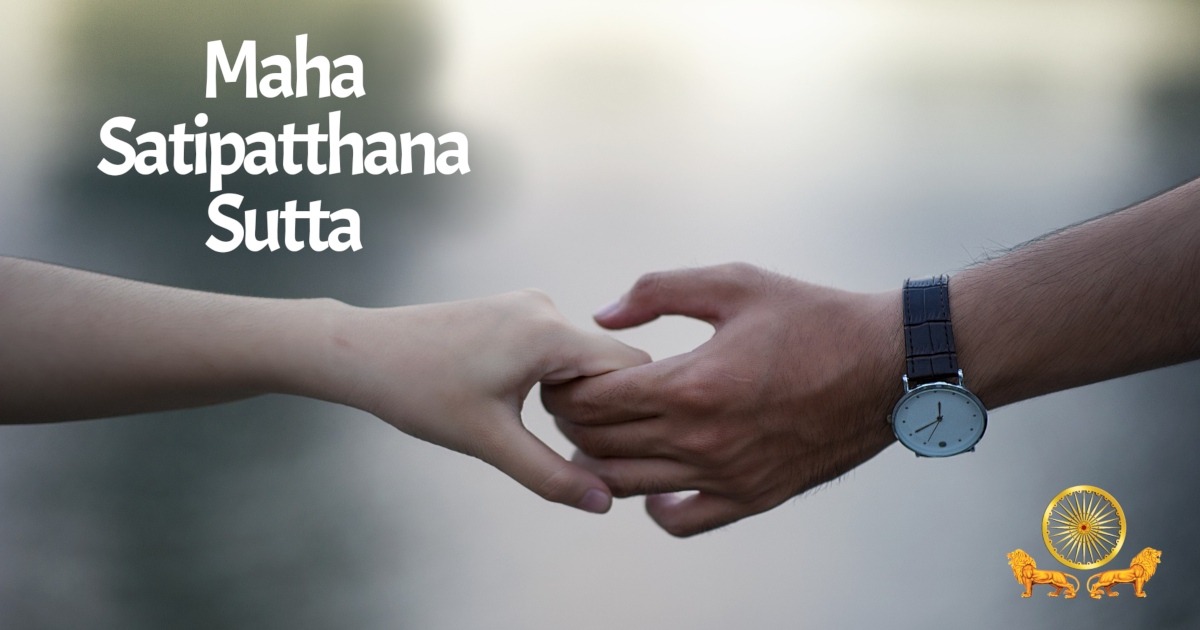
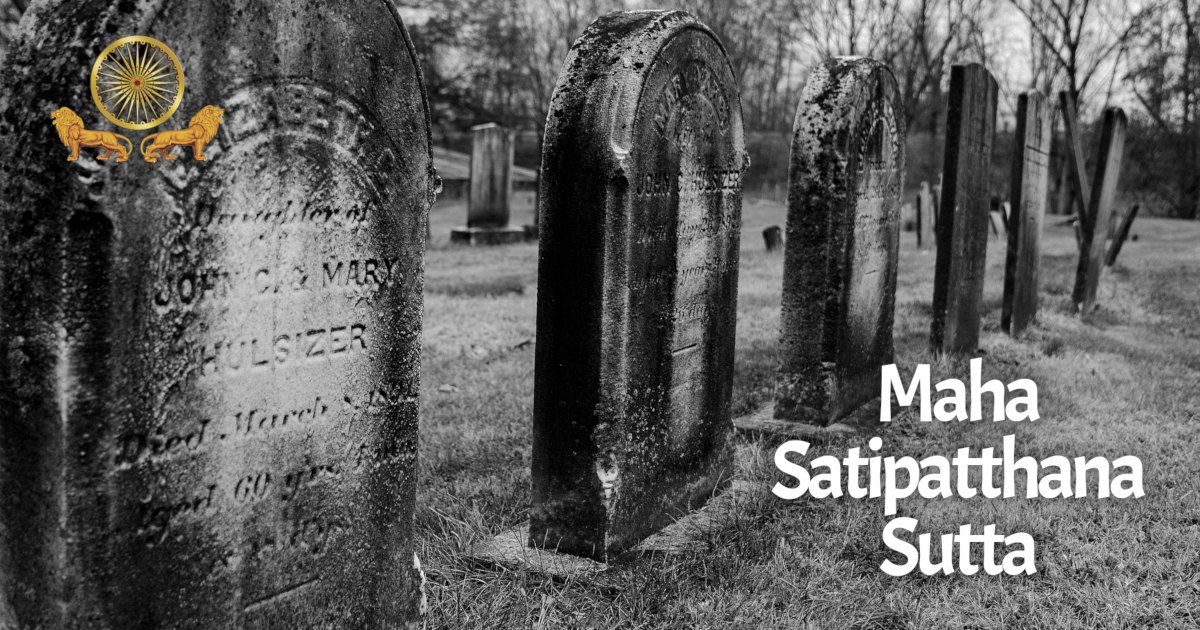

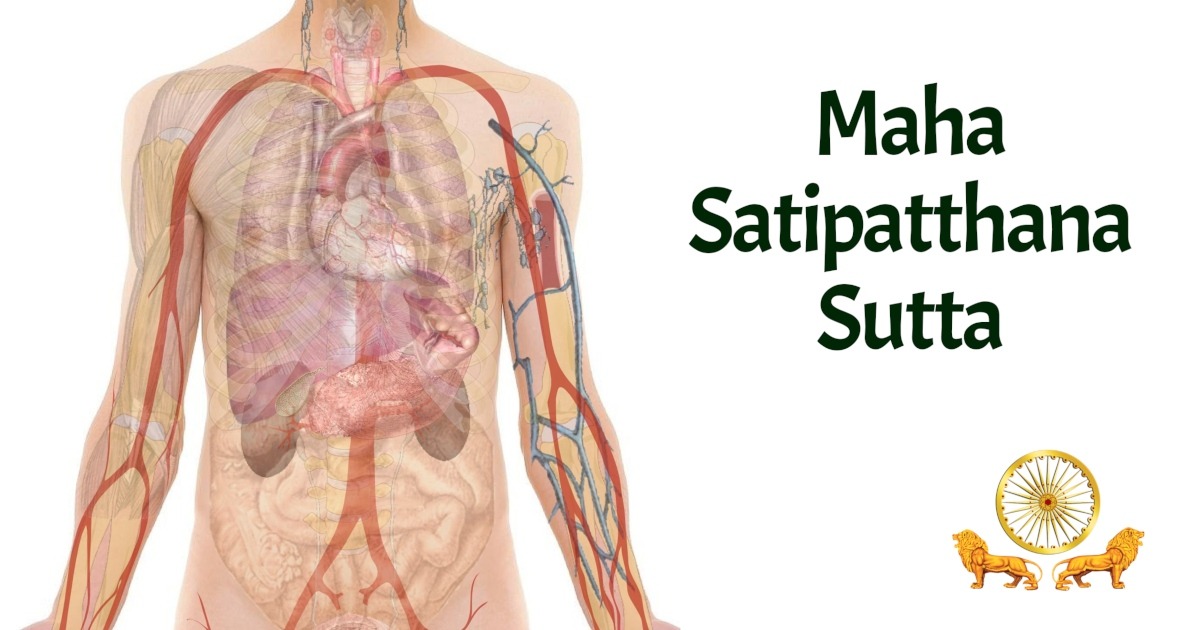
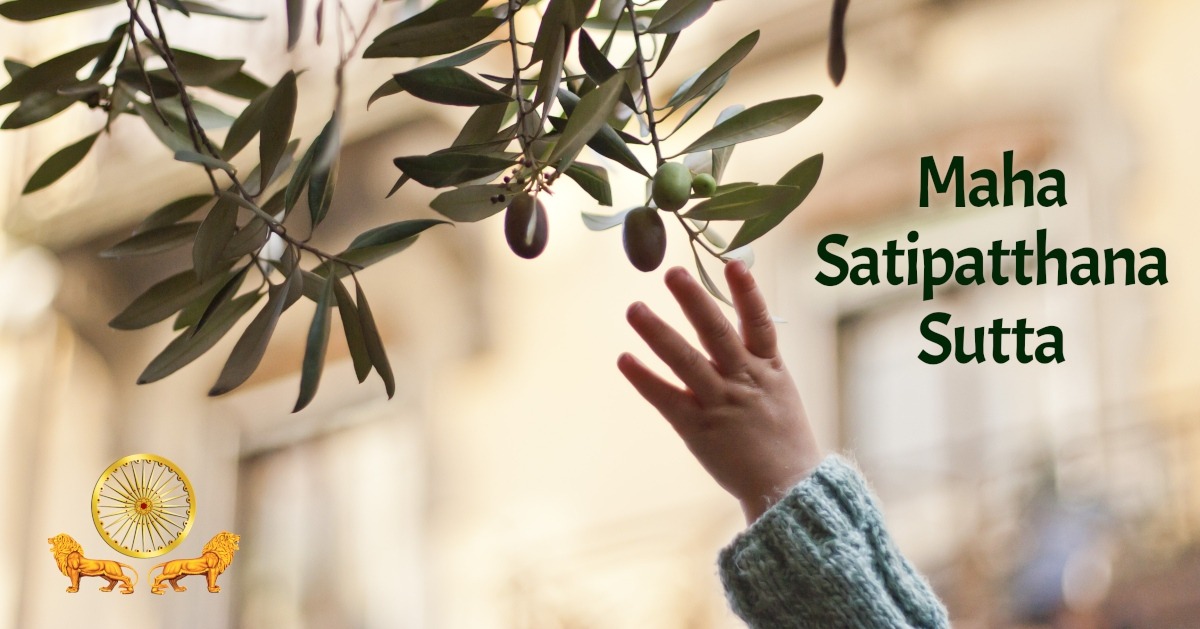



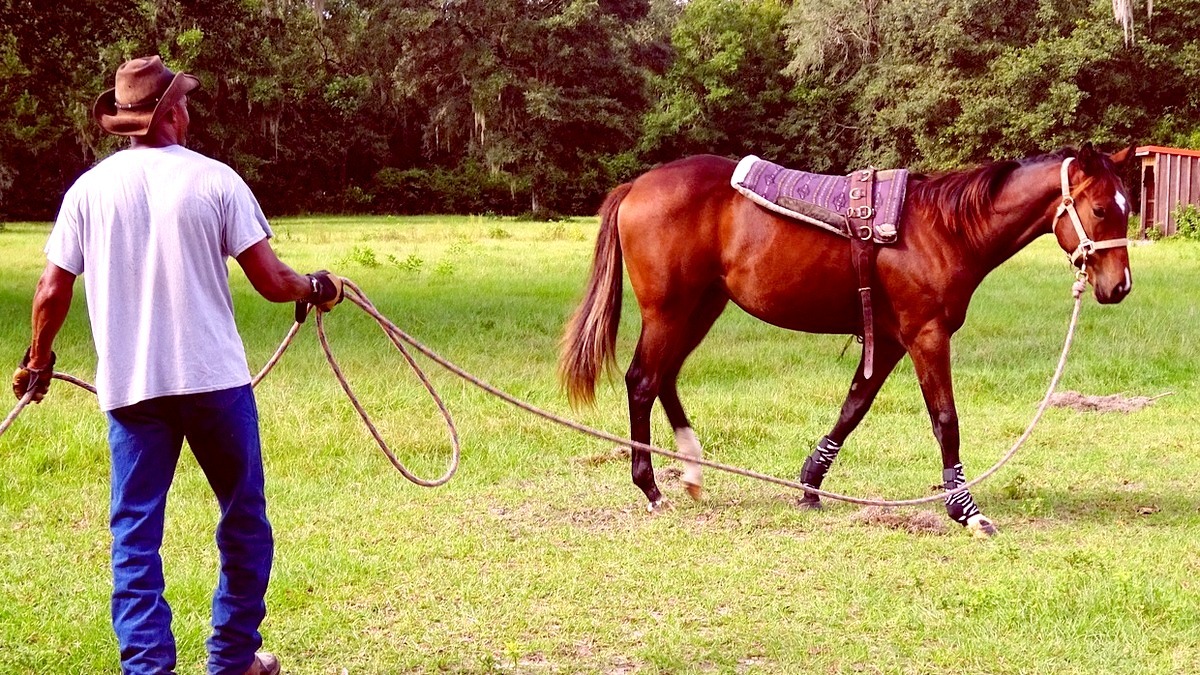

Leave A Comment